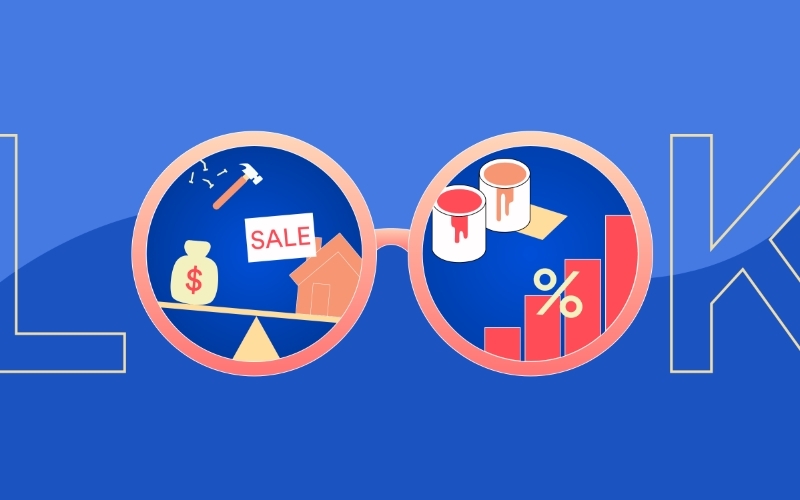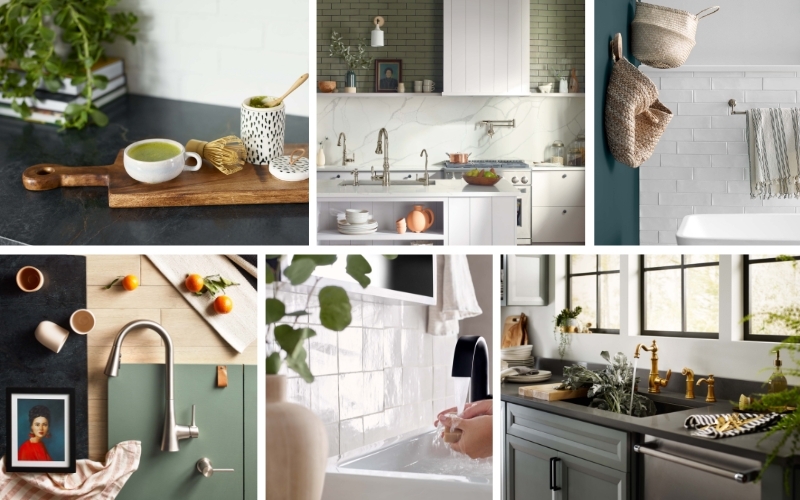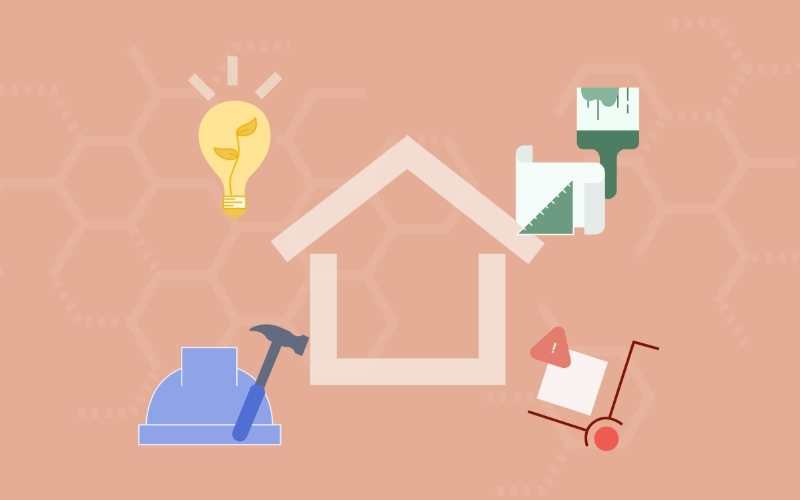Industry Trends
Marketing Insights
For many, the COVID-19 pandemic not only changed the way they work, but it also shifted the way they think about how and where they work: their home.
Join Wray Ward’s Amy Raymer, insights and brand strategy senior director, Heather Dumford, creative director, and Leslie Gillock, insights and brand strategy executive director, for a conversation about how these changes impact the way brands help their audiences make real connections with products.
Can psychology and anthropology trends help us understand how people use their homes and adapt accordingly?
Amy: Thanks to something called neuroplasticity, our brains are wired to change and adapt to our experiences and surroundings. Of course, we've had to do that several times since the start of the pandemic in 2020.
For many, COVID-19 shifted how they work and play and view their homes. People, especially remote workers, have had to adjust how they use the spaces in their homes.
Meanwhile, we've all had to reassess our values and how work fits in. We've had to reevaluate self-care and wellness and find new ways to separate work and life, often using smaller and even isolated areas for work. Home now performs double duty for so many, and they need to figure out how to create a space that works for them in all their worlds.
Heather: While it's made us reevaluate our existing space to create mini, flex spaces, it's also shifted our mentality of what we look for. It used to be older homes with clustered rooms and privacy. Later, everyone wanted the open floor plan. Now people are trying to find these pockets of privacy such as the closet office.
Psychological and anthropological trends are closely shaping how people design and remodel their homes.
Leslie: COVID made us think harder about function. Today, its role is much more important in how we purchase, design and live in our homes.
Amy: Everything has to work harder. We have to create this new compartmentalization for ourselves. Everything has to serve a function. It has to look and feel good. It has to feel like home. And we have to work harder to get that feeling because the boundaries aren't as clear anymore.
Heather: While our homes often reflect our styles and tastes, it's crucial that our spaces adapt to serve the various needs of the people who live there. My kids need a space that encourages independent play, and I seek private space to focus on work or unplug and relax. While the functionality of our spaces has adapted, people still want their home to represent what they love and value. We've been forced to let people in on a personal level with virtual calls — which isn't necessarily a bad thing — so how can we let our personality shine (even if we're calling in from our former coat closet)?
From a product perspective, sage green is really coming onto the scene to create a soothing environment. Though natural, soothing tones provide relief, homeowners are getting bolder in their design choices and DIY projects. We need more stimulation as well, and design plays a huge part in fulfilling that need. People feel empowered to create and personalize their spaces now more than ever before.
Amy: From a psychological standpoint, mental health has become much more of a priority. If you're in your home more now than you were pre-pandemic, the home has to do more for you and create spaces that make it more appealing to work from home while still separating work life and home life. But yes, everything has to do heavier lifting and serve multiple purposes.
Heather: Biophilic design has been bleeding into other trends including calm nature or NatureVerse design concepts. People want a sense of grounding, but we're so plugged in all the time. Our psyche is trying to find that balance and how we can support it, and that dynamic isn't going away any time soon. Our craving for nature and non-digital textiles is only going to grow with our dependence on technology.
Amy: Automation has increased. We crave more simplicity and automation, even in things like our blinds, shades and shutters or smart home features. Nothing in the past two-plus years has been easy, and we're looking for new ways to make life simpler, especially when our home has to be a reprieve and a workspace.


